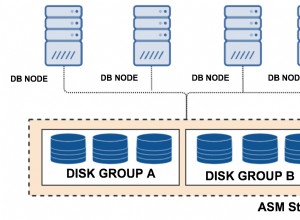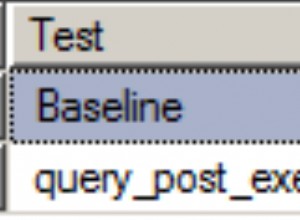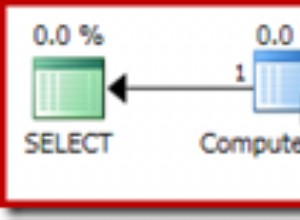Você precisa conhecer a posição antiga antes de poder mover itens. E sua lógica precisa ser diferente dependendo se o item foi movido para cima ou para baixo. O esboço aproximado do processo (não testado) é o seguinte:
DECLARE @Id INT = 1100000004; -- this id
DECLARE @NewPosition INT = 1; -- needs to have this position
WITH RowToMove AS (
-- using cte instead of variables
SELECT Plan_Id, sequence_no AS OldPosition
FROM planRecords
WHERE Id = @Id
), RowsToUpdate AS (
-- columns used inside set and where clause of the update statement
SELECT Id, sequence_no, OldPosition
FROM planRecords
CROSS JOIN RowToMove
-- select rows that belong to same category and position between old and new
WHERE planRecords.Plan_Id = RowToMove.Plan_Id AND sequence_no BETWEEN
CASE WHEN OldPosition < @NewPosition THEN OldPosition ELSE @NewPosition END AND
CASE WHEN OldPosition > @NewPosition THEN OldPosition ELSE @NewPosition END
)
UPDATE RowsToUpdate SET sequence_no = CASE
WHEN Id = @Id THEN @NewPosition -- this is the row we are moving
WHEN OldPosition < @NewPosition THEN sequence_no - 1 -- row was moved down, move other rows up
WHEN OldPosition > @NewPosition THEN sequence_no + 1 -- row was moved up, move other rows down
END;
Demonstração no DBFiddle usando variáveis , usando CTE




